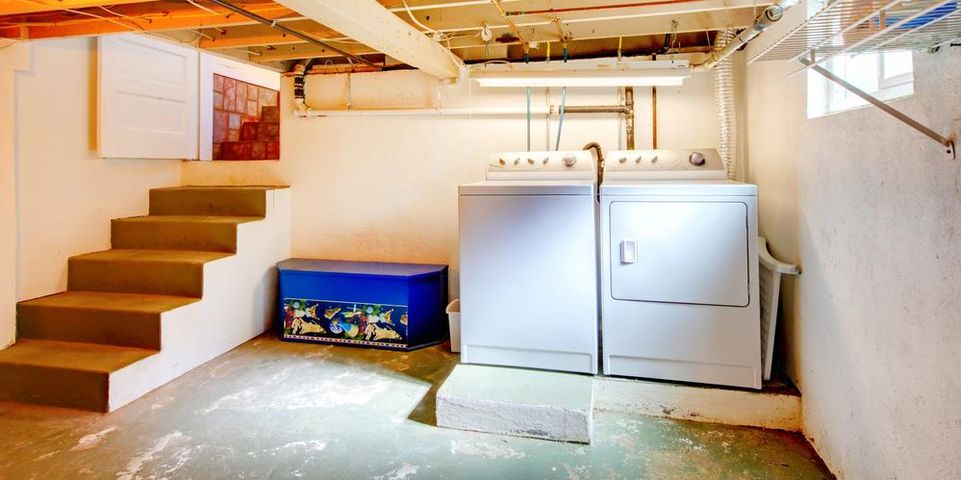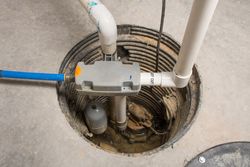What's the Difference Between Sump & Ejector Pumps?

Water can do a lot of damage to a home. However, issues are caused by more than just an active roof leak. If you have a basement, the buildup of moisture and condensation is problematic and may result in mold growth. To prevent this, an experienced plumber can install a sump or ejector pump to remove excess water. Since each approaches the task in different ways, here’s what you need to know about the two.
Sump Pumps
 Every basement, whether partially or fully underground, is at risk for flooding and water intrusion from the soil on the exterior of the wall. Sump pumps are set into the floor inside a protective cylinder which houses a sensor for monitoring the groundwater level. If the groundwater rises or rain floods the area around your home, the pump turns on and expels any liquid seeping into the basement. It sends this excess through a drainage pipe to a designated area on your property, a nearby storm drain, or your home’s sewer connection.
Every basement, whether partially or fully underground, is at risk for flooding and water intrusion from the soil on the exterior of the wall. Sump pumps are set into the floor inside a protective cylinder which houses a sensor for monitoring the groundwater level. If the groundwater rises or rain floods the area around your home, the pump turns on and expels any liquid seeping into the basement. It sends this excess through a drainage pipe to a designated area on your property, a nearby storm drain, or your home’s sewer connection.
Ejector Pumps
Licensed plumbers install ejector pumps in basements that have bathrooms. Like sump pumps, they remove excess water, but unlike that system, they’re connected to your home’s plumbing. They process the solids from the wastewater and send them to the dedicated sewer or septic tank line. This keeps harmful liquids from making it back and reduces the risk of a sewer backup in the lower levels of your home.
Though the two pumps remove water from your basement, they perform entirely different yet vital functions. If you’ve noticed a moisture buildup, contact the skilled plumbers at Steve’s Plumbing & Heating in Wisconsin Rapids, WI. The friendly staff will inspect the problem and offer a prompt and effective solution. Learn more about their services online, including HVAC offers, and call (715) 421-1800 to schedule an appointment with a plumber today.
About the Business
Have a question? Ask the experts!
Send your question

